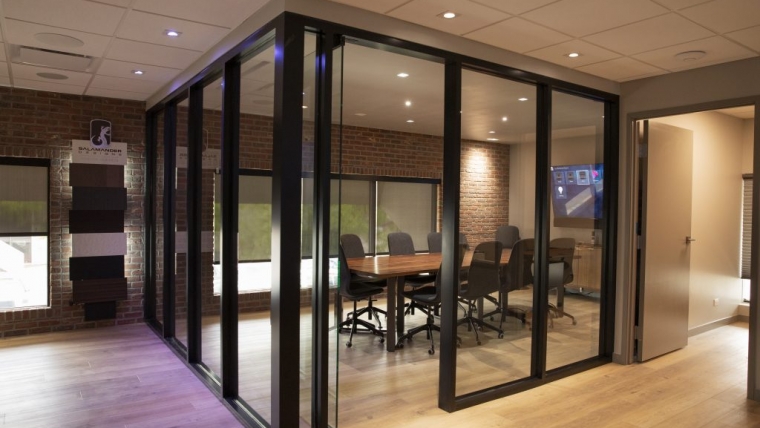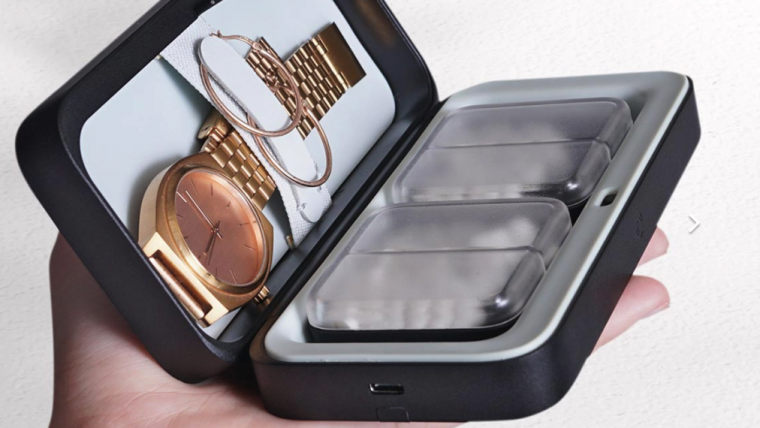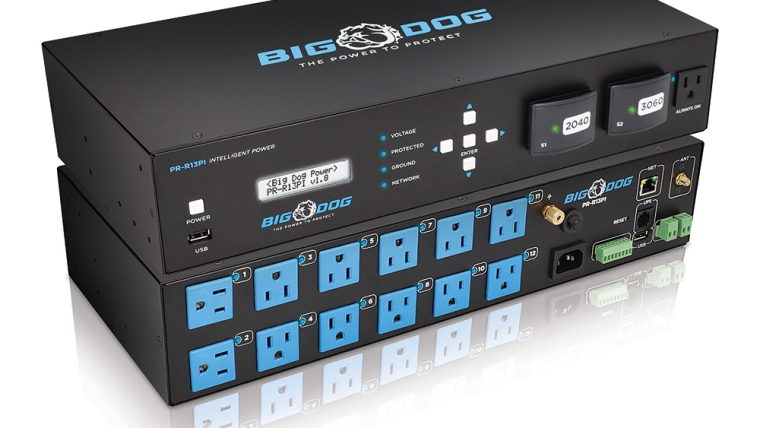
Research firm Interpret’s latest whitepaper, The Evolution of the Smart Security Industry shows parallel growth among smart home device makers and professionally installed and monitored security systems. The connected home devices market is forecasted to grow at a compound annual growth rate (CAGR) of 31% (McKinsey), and the major U.S. professionally-monitored security systems providers have enjoyed year-over-year growth of over 10%. Increasing interest in smart home devices is providing growth for both categories, engaging do-it-yourselfers, as well as those who want the latest technology installed by a professionally monitored systems provider.
Interpret has developed an audience segmentation – Smart Home Matrix – to better understand the evolution of purchase behavior, buyer attitudes, brand perceptions, and demographics in this space. From this research, it is clear that DIY products such as Ring doorbells are well aligned with first time buyers, or Converts, who are new to the smart home experience. Converts make up the largest share of smart home product owners – 71% of all owners.
The Smart Home Matrix also sheds light on key differences between buyers of standalone smart home devices and professionally monitored systems. For example, demographically, women are responsible for an increasing share of standalone smart home product purchases. And, attitudinally, only 22% of owners of standalone security cameras or doorbells find new technologies confusing or difficult to use, compared to 46% of owners of professionally monitored smart security systems.
“Understanding the unique needs and purchase triggers of target buyer segments is more important than ever,” said Stuart Sikes, Interpret’s SVP. “The fact that more consumers over age 45 own standalone cameras and doorbells than own professionally monitored security systems provides unique opportunities.”
The Evolution of the Smart Security Industry whitepaper is available for download and can be found at www.interpret.la/insights.



